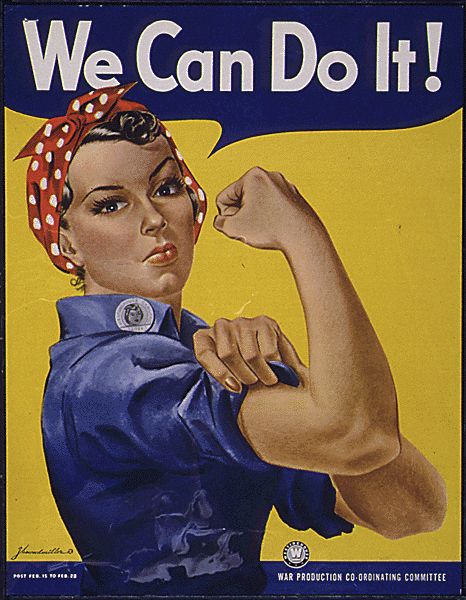
March is Women’s History Month. With no clear starting line in women’s fight for equality, the women’s rights movement has been a long and arduous journey that still continues today. Although the level of progress differs from region to region across cultures and societies, this global struggle is also close to home, where the women’s movement runs deep in American history.
In the United States today, there seems to be no area in which men are not rivaled by women. Though not as dominant, women have gradually stepped up to the same level as men throughout the course of history as can be seen in women’s roles in professional fields, political arenas, and multi-million-dollar corporations. However, several generations ago, women did not have the same opportunities that women have today.
In the early 1900s, women faced heavy discrimination at the polls. Until 1920, the Constitution did not grant women the right to vote. When suffrage was finally granted by the 19th Amendment, a century had already passed since all American males had been given the right to vote.
The next largest barrier women faced was job discrimination. Until the late 1900s, acceptable jobs for women were limited to educational work, clerical work, and subsidiary jobs. Society generally expected women to be good housewives, raising children and doing housework. Although some women became occupied with jobs, they received less pay than men holding the same position, and few women had decision-making jobs as department chairs, executives, or managers. There were also few women pursuing a career in science or mathematics. In the mid 1900s, less than 5% of engineers and 15% of medical doctors were women.
But the dawn of the 21st century marked another significant change in women’s history. The percentage of engineers who are women has climbed to nearly 20% and the percentage of female practicing physicians has doubled. This result may be due to the changing views and expectations that society has of women coupled with the reforms that have taken place through the last several decades.
But organizations are also playing a part in stimulating women to pursue such fields. Societies such as the Society of Women Engineers offer scholarships and awards, while companies such as Intel launch campaigns to encourage higher education for women.
“I think it’s great that [organizations] encourage girls interested in science to follow their dreams,” said Hannah Chang, a student at Westlake High School. “It means more opportunities for women to become scientists or engineers.”
Women have been struggling to earn equal rights for many years – first for the same basic rights granted to men, and now for equal opportunities. The past 90 years since the granting of women’s suffrage has been a rocky journey for women wanting to pursue their passion and working in respectable fields. March is a month in which this successful and still ongoing journey is celebrated.

